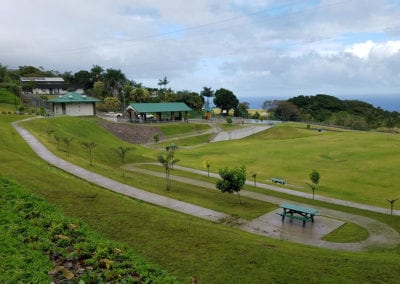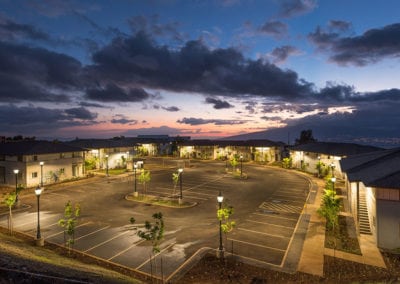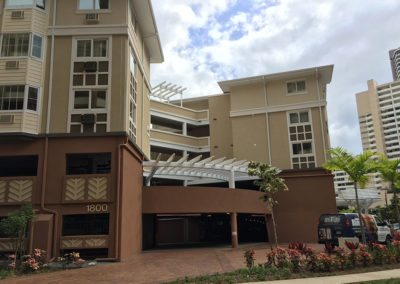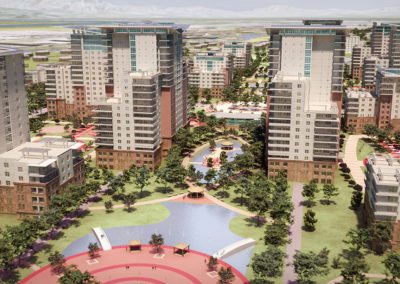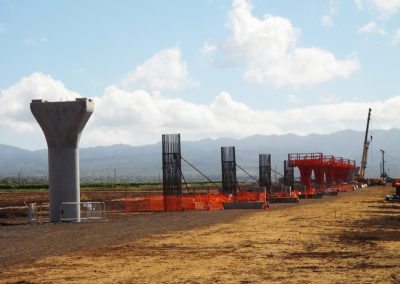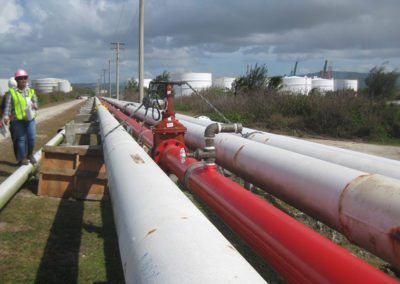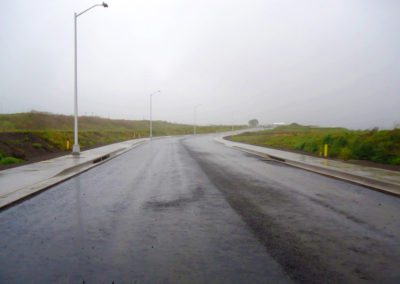Site Development & Infrastructure
Site Development & Infrastructure
Environmental sensitivity drives virtually every aspect of the Island’s built environment. Our planning, civil engineering and site development services embrace this ethic, and our services focus on delivering projects that meet Hawaii’s exacting land use standards.
We are well versed in Low Impact Development (LID), a development concept that harnesses natural systems to manage stormwater runoff close to its source, in order to protect water quality. Preserving and/or recreating natural landscape features, minimizing site imperviousness, creating functional and visually appealing drainage features that treat stormwater as a resource rather than a waste product are all part of LID. SSFM has implemented LID for bio-retention facilities, rain gardens, vegetated rooftops, rain barrels, and permeable pavement for public, private and institutional clients. LID practices result in landscapes that function like their natural hydrologic state, hence reducing surface runoff, pollution damage to lakes, streams and coastal waters, and the need for conventional drainage infrastructure.
Environmental sensitivity drives virtually every aspect of the Island’s built environment. Our planning, civil engineering and site development services embrace this ethic, and our services focus on delivering projects that meet Hawaii’s exacting land use standards.
More / Less
We are well versed in Low Impact Development (LID), a development concept that harnesses natural systems to manage stormwater runoff close to its source, in order to protect water quality. Preserving and/or recreating natural landscape features, minimizing site imperviousness, creating functional and visually appealing drainage features that treat stormwater as a resource rather than a waste product are all part of LID. SSFM has implemented LID for bio-retention facilities, rain gardens, vegetated rooftops, rain barrels, and permeable pavement for public, private and institutional clients. LID practices result in landscapes that function like their natural hydrologic state, hence reducing surface runoff, pollution damage to lakes, streams and coastal waters, and the need for conventional drainage infrastructure.


